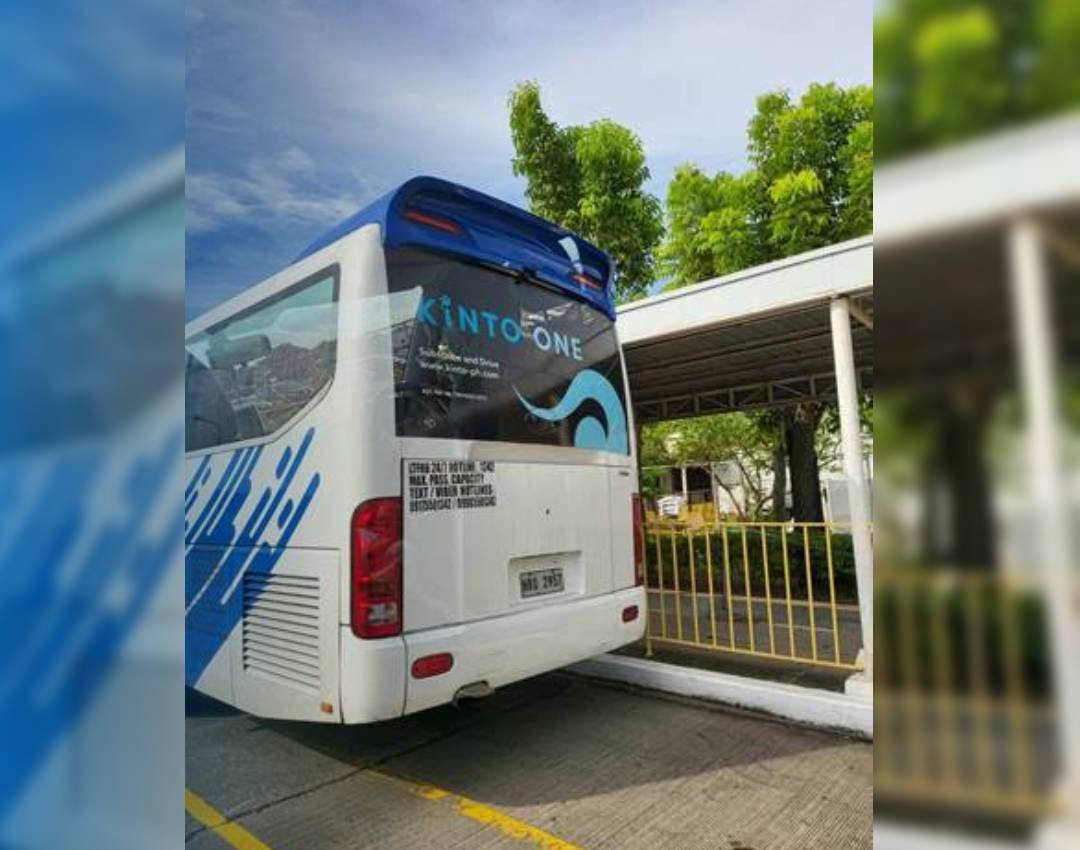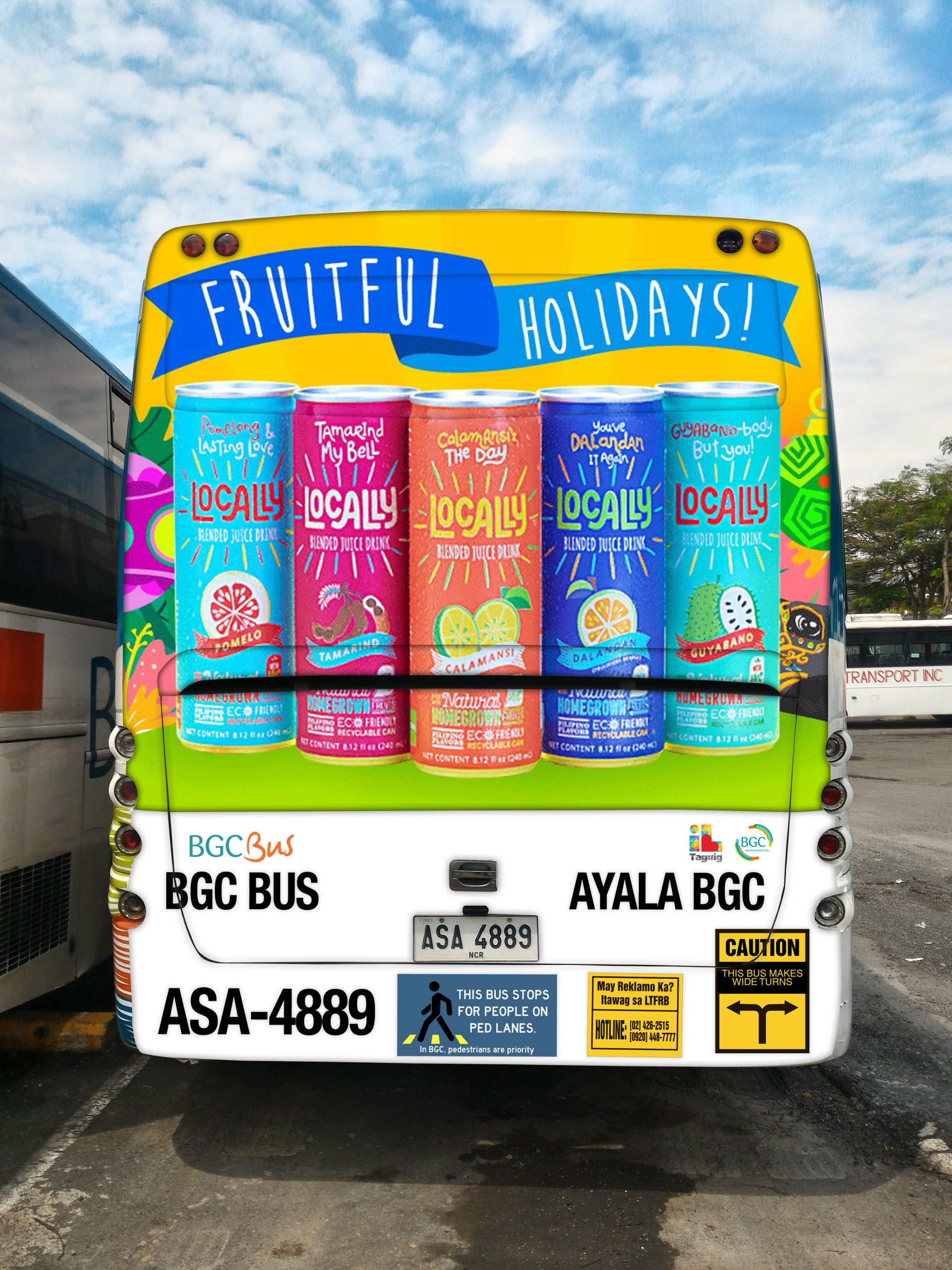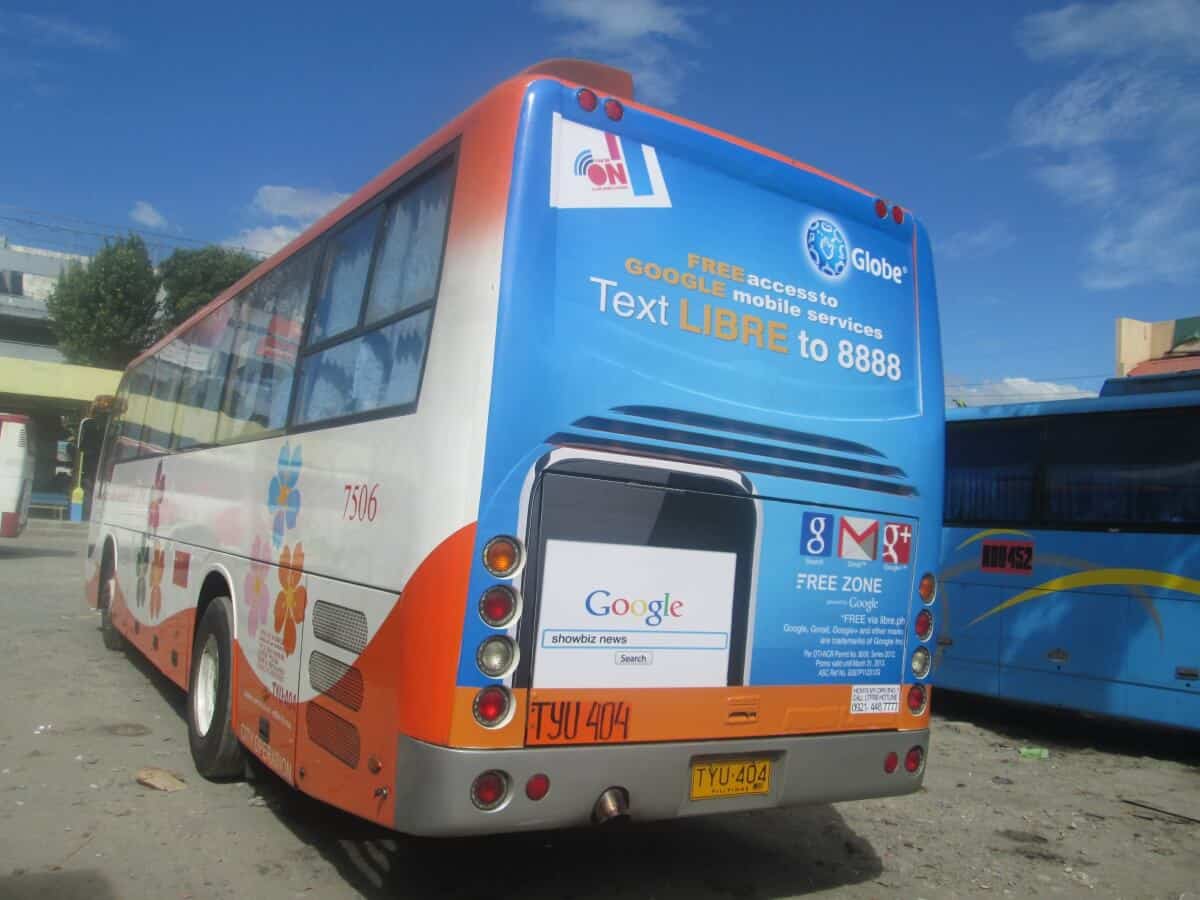Transit Advertising Philippines: Get To Thousands of Commuters Daily
Transit Advertising Philippines: Get To Thousands of Commuters Daily
Blog Article
How Transportation Advertising Can Transform Public Transport Spaces Into Dynamic Advertising And Marketing Platforms
Transportation advertising holds considerable possibility to redefine public transportation rooms into lively advertising and marketing systems that engage and notify. By utilizing ingenious layouts such as interactive booths and electronic displays, brands can not only get to a varied audience however likewise enhance the total traveler experience. This method produces an unique chance for brand names to link with customers in a setting that is commonly neglected. As we discover the diverse advantages and advancing techniques of transportation advertising and marketing, it raises the question of how this makeover could redefine our interactions with both brands and the city environment.
Advantages of Transportation Advertising And Marketing

Additionally, transportation marketing is highly cost-efficient compared to traditional media. It enables advertisers to accomplish high impressions at reduced costs, taking full advantage of roi. The restricted audience of travelers offers an opportunity for brands to share their messages to individuals that are usually receptive throughout their traveling times.
Additionally, the vibrant nature of transit marketing permits campaigns to be upgraded frequently, making sure that messaging continues to be timely and appropriate. This versatility can be crucial in replying to market fads or promotional events, maintaining the brand top-of-mind for customers. Finally, the prevalent visibility of transit advertising contributes to brand name recall; duplicated exposure within familiar travel contexts enhances brand understanding and promotes customer commitment, ultimately driving sales and improving brand name reputation.
Types of Transportation Advertising And Marketing
Mass transit systems offer different styles for advertising and marketing, each dealing with various advertising and marketing strategies and audience interaction approaches. One famous kind is external bus and train covers, which cover the entire lorry and produce a mobile signboard impact, permitting high presence in city settings. These covers can record focus as they pass through hectic streets, reaching a diverse audience.
An additional preferred style is interior advertising, that includes posters, electronic screens, and ads on transportation seats. These placements engage guests throughout their journey, enhancing brand name messaging in a restricted space. Digital presents, in certain, provide the advantage of vibrant material, enabling marketers to update messages in real-time.
Station advertising is additionally considerable, featuring posters, banners, and interactive kiosks within transportation terminals. These advertisements take advantage of foot traffic and can target details demographics based on location.
Finally, promotional collaborations with transit authorities can bring about one-of-a-kind campaigns, such as themed transportation experiences or events, boosting the general involvement with commuters. Each kind of transit advertising and marketing provides distinctive advantages, permitting brand names to customize their technique to effectively reach their target market within the general public transport community.
Involving Travelers Efficiently
Travelers are increasingly swamped with advertising messages during their day-to-day travels, making it necessary for anchor brand names to engage them in ingenious methods. To record attention in this congested room, marketers should focus on creative thinking and relevance. Using attractive visuals and concise messaging can considerably improve the likelihood of involvement.
Interactive elements, such as QR codes or enhanced truth attributes, can also transform static ads into immersive experiences, cultivating a much deeper link with the audience. Brands should focus on attending to travelers' demands and passions, tailoring messages to resonate with their lifestyle, whether with promotions for regional services or solutions created to boost their travelling experience.
Additionally, timing plays an essential duty; strategically placing advertisements throughout optimal travelling hours can take full advantage of exposure and effect. Engaging commuters efficiently additionally entails leveraging social media integration, enabling passengers to share their experiences or promotions straight from transportation platforms, thus amplifying brand name reach.
In significance, efficient interaction rests on understanding the traveler trip and producing compelling, interactive, and pertinent advertising and marketing experiences that not just catch attention but likewise drive activity and commitment. By doing so, brands can change public transport into a vibrant advertising platform that resonates with its target market.

Measuring Advertising And Marketing Effect
How can brand names precisely evaluate the efficiency of their marketing campaign en route environments? Gauging the impact of transportation marketing calls for a diverse approach that incorporates quantitative and qualitative metrics. One prevalent approach is tracking interaction via mobile analytics, where brands can analyze foot web traffic patterns and application interactions in the past, during, and after projects.
Surveys can supply valuable understandings right into brand recall investigate this site and customer sentiment, permitting brands to assess how well their messages reverberate with commuters. Furthermore, keeping an eye on social media sites interaction relevant to certain campaigns can expose changes in public assumption and brand conversation.

Furthermore, working together with transportation firms can boost measurement accuracy, as they typically have in-depth group data on ridership trends. By integrating these methods, brand names can create an extensive understanding of their advertising and marketing effectiveness, ensuring that their campaigns not only get to but also impact their target audiences effectively.
Future Trends en route Advertising
A significant shift is expected en route marketing as technological improvements and altering consumer behaviors improve the landscape. Transit Advertising Philippines. The assimilation of electronic screens and interactive media is expected to enhance involvement, enabling brands to deliver vibrant material that resonates with varied target markets. As public site link transport systems embrace clever modern technology, marketers will take advantage of real-time information analytics to tailor messages based upon traveler demographics and habits
Furthermore, augmented fact (AR) is poised to revolutionize the means commuters interact with promotions. By supplying immersive experiences, AR can transform an ordinary journey right into an interesting narrative that records attention and fosters brand name loyalty. This innovation will likely urge advertisers to develop more experiential projects that drive consumer communication.
Sustainability is another essential trend affecting transit advertising and marketing. As environmental awareness grows, brands will increasingly seek to straighten with green methods, making use of lasting materials and advertising environment-friendly efforts within their projects.
Conclusion
Finally, transit marketing supplies considerable benefits by enhancing brand presence and engaging a captive target market. Through various styles, such as outside wraps and digital displays, it changes mass transit right into a vivid advertising system. Reliable engagement methods and durable measurement strategies better enhance its impact. As trends progress, the possibility for cutting-edge interactions in between commuters and brands is poised to grow, making sure that transportation advertising and marketing remains an important element of contemporary advertising approaches.
Transportation marketing holds significant potential to redefine public transportation rooms right into lively marketing platforms that notify and engage. The pervasive visibility of transportation marketing contributes to brand name recall; duplicated exposure within acquainted traveling contexts reinforces brand recognition and promotes consumer commitment, eventually driving sales and improving brand name reputation.
Just how can brands properly examine the efficiency of their advertising projects in transit environments?In verdict, transit advertising supplies considerable advantages by improving brand presence and engaging a restricted audience. Transit Advertising Philippines. As fads develop, the possibility for ingenious communications between commuters and brand names is positioned to grow, ensuring that transportation advertising stays a vital element of modern advertising strategies
Report this page